Project Specifications....
Built into a set of stereo headphones.
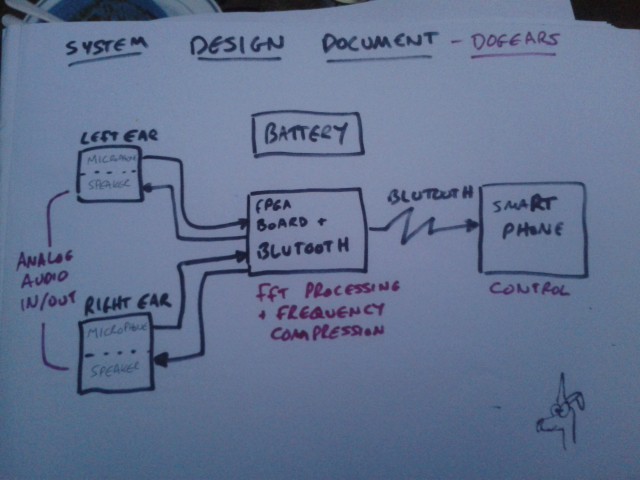
Wide Range microphone in each headphone 'can', orientated with the ear canal.
Digital processing to allow frequencies to be shifted, compressed and analysed.
As low processing delay as possible.
Battery powered.
Connectivity with smartphone to allow settings to be changed, maybe to account for hearing loss, desired range to be captured etc.
"Pet" Settings, to give the user the experience of listening to the sounds their favourite pet can hear, e.g. Dog, Cat, Ferret, Tyrannosaurus Rex.
A large part of this project will be the Signal Processing software. The device needs to sample the ambient sounds, use FFTs to decipher the spectrum, then decide how to recreate the signal in a range that people can hear. This isn't something I've played around with before, so should be an interesting learning experience.
I've also never done any smartphone programming, so this will also be a challenge.
There are already a range of bat detectors on the market, most of which use hetrodyne mixing to shift a portion of the spectrum, but these are generally handheld devices and most don't access the wider range of spectrum.
This is another step towards augmented humans, I forsee a future where devices like this could be implanted directly into people, giving permanent superhuman senses. Another future device would be eye augmentation, I would love to be able to see into other spectrums. As a RF engineer working in Broadcast, my dream would be to have a pair of glasses that could see RF being emitted.
Something I want to investigate with it is whether humans can be trained to use echolocation. I'm thinking the microphones can have a 3d printed cover to replicate the directionality of human ears, then with the addition of a couple of ultrasonic transmitters, it may be possible for people to use this to navigate in a dark environment. That would be amazing to experience!
Another thought I had recently is to do a second version that could listen to RF... Basically an aural spectrum analyser, It would be amazing to listen to a bluetooth transmitter switch on for example, or in my day job as an Broadcast Engineer, it would be invaluable to listen for interference, or to see whether transmitters were working. I imagine with experience you would be able to distinguish power levels, and maybe even tell whether it was transmitting correctly. We occasionally have problems where things like PAs fail , immediately you would hear a reduced level....
 FrazzledBadger
FrazzledBadger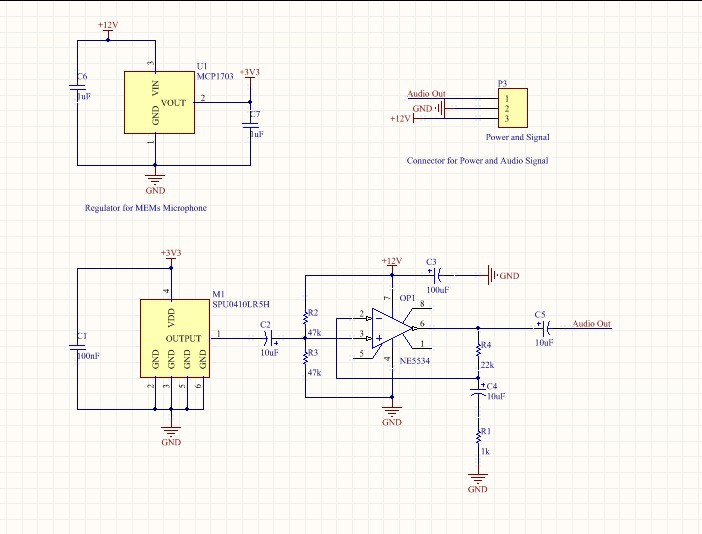
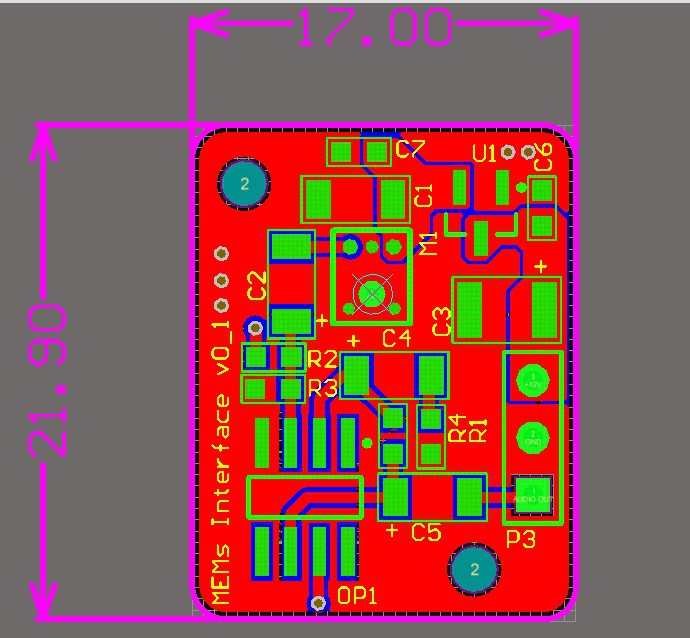
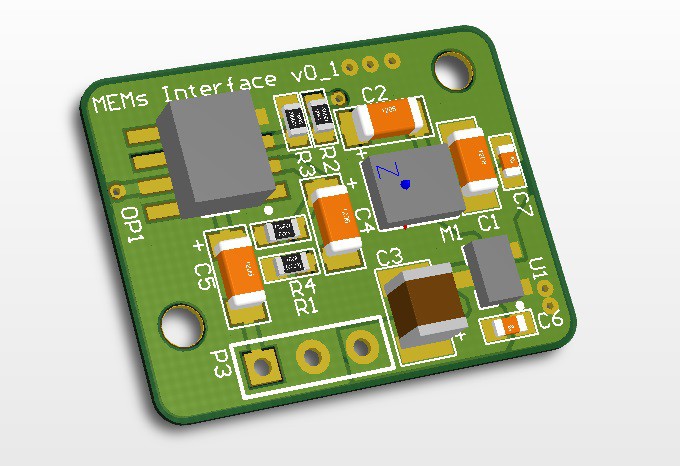
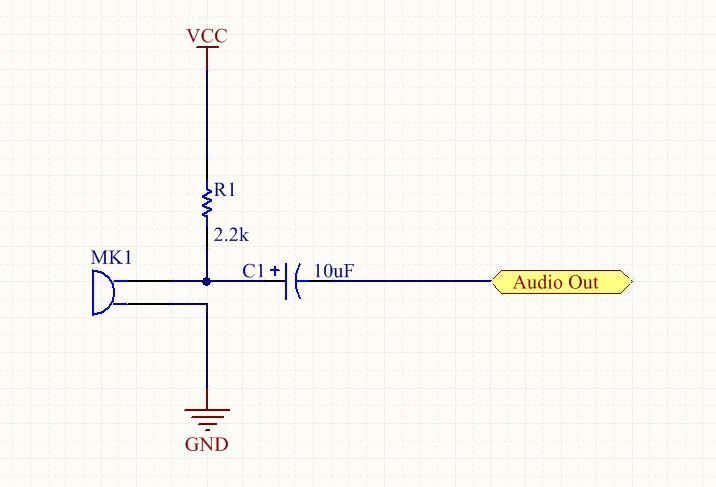
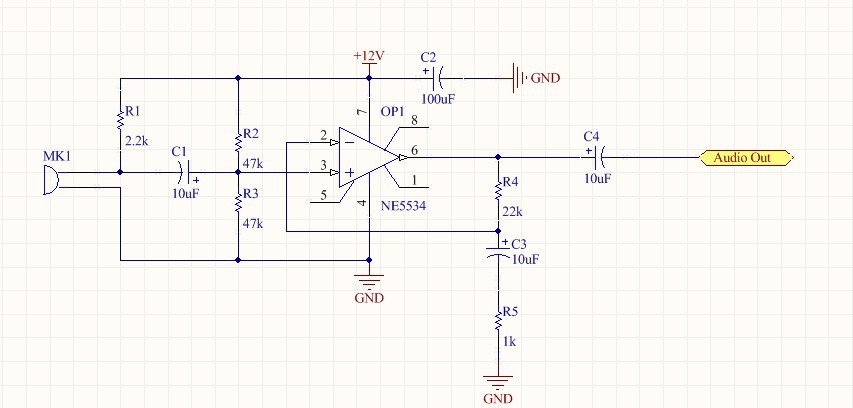



Your idea of developing headphones that can expand the audible spectrum to include ultrasonic frequencies is fascinating and has potential applications in various fields, including audio enhancement, pet communication, and even certain scientific research areas. However, there are several technical and practical challenges you'd need to address in order to bring this concept to life:
Ultrasonic Microphone Technology: Developing sensitive ultrasonic microphones capable of capturing sounds in the 100kHz range accurately can be a complex engineering task. You'd need specialized sensors that can pick up such high-frequency vibrations.
Frequency Transposition: Transposing ultrasonic frequencies down to the audible range would require a robust signal processing system. This includes advanced digital signal processing (DSP) algorithms to convert and overlay ultrasonic sounds onto the audible spectrum.
Audio Quality: Maintaining audio quality and fidelity while transposing such a wide frequency range can be challenging. Ensuring that the transposed sounds are clear and not distorted is crucial for user experience.
Spatial Awareness: Achieving spatial awareness and location accuracy for sound sources is another complex aspect. You'd likely need advanced spatial audio processing algorithms and multiple microphones to determine the direction of ultrasonic sources.
Human Perception: While it's theoretically possible to transpose ultrasonic sounds into the audible range, it's important to consider how the human brain would interpret and integrate these additional sounds. It might require some adaptation to avoid overwhelming the listener.
Safety Considerations: Ultrasonic frequencies, especially at high levels, can potentially be harmful to both humans and animals. Safety precautions would need to be implemented to protect users and their pets from exposure to excessive ultrasound.
Market Viability: Assessing the market demand for such headphones is crucial. While there are potential applications, you'd need to determine if there's a substantial audience willing to invest in this technology.
Regulatory Compliance: Depending on your location and target market, there may be regulatory requirements and safety standards to meet when developing and selling such a device.
Overall, your concept is intriguing and could have a range of applications beyond just personal audio. However, it's a complex project that would require a multidisciplinary team of engineers, signal processing experts, and potentially biologists or veterinarians to ensure it's both feasible and safe. Conducting thorough research and feasibility studies would be an essential first step in bringing this idea to fruition.
https://magixshears.com/